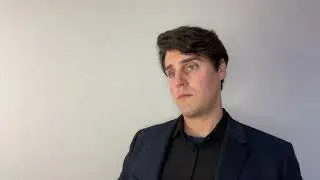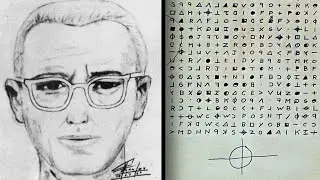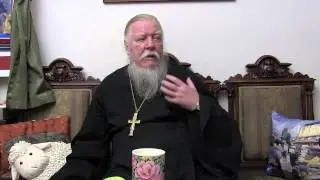Rimsky-Korsakov - Scheherazade Symphonic Suite for Orchestra Op.35 - IV. Allegro molto
Scheherazade, Op. 35
Scheherezade (Op. 35) is a symphonic suite written by Rimsky-Korsakov in 1888. Based on One Thousand and One Nights, this work combinates two features typical of both Russian music and Rimksy-Korsakov: a colorful, powerful orchestration and an interest in eastern themes. It is considered to be his most popular work, and it was later used as the basis of a ballet by Michel Fokine. Though the composer intended to name the movements as Prelude, Ballade, Adagio and Finale he ended setting for programatic titles, albeit vague ones, so that no connection could be made to specific tales. In later aditions he did away with the titles, though they remain in common use. The work is scored for 2 flutes, picollo, two oboes (2nd doubling cor anglais), 2 clarinets, 2 bassoons, 4 horns in F, 2 trumpets in A and B-flat, 3 trombones, tuba, timpani, bass drum, snare drum, cymbals, triangle, tambourine, tam-tam, harp and strings. The reasons for its popularity are clear: it is a score replete with beguiling orchestral colors, fresh and piquant melodies, with a mild oriental flavor, a rhythmic vitality largely absent from many major orchestral works of the later 19th century, and a directness of expression unhampered by quasi-symphonic complexities of texture and structure.
Nikolai Rimsky-Korsakov was a Russian composer, and a member of the group of composers known as The Five. He was a master of orchestration. His best-known orchestral compositions—Capriccio Espagnol, the Russian Easter Festival Overture, and the symphonic suite Scheherazade—are considered staples of the classical music repertoire, along with suites and excerpts from some of his 15 operas. Scheherazade is an example of his frequent use of fairy tale and folk subjects. Rimsky-Korsakov believed, as did fellow composer Mily Balakirev and critic Vladimir Stasov, in developing a nationalistic style of classical music. This style employed Russian folk song and lore along with exotic harmonic, melodic and rhythmic elements in a practice known as musical orientalism, and eschewed traditional Western compositional methods. However, Rimsky-Korsakov appreciated Western musical techniques after he became a professor of musical composition, harmony and orchestration at the Saint Petersburg Conservatory in 1871. He undertook a rigorous three-year program of self-education and became a master of Western methods, incorporating them alongside the influences of Mikhail Glinka and fellow members of The Five. His techniques of composition and orchestration were further enriched by his exposure to the works of Richard Wagner.































